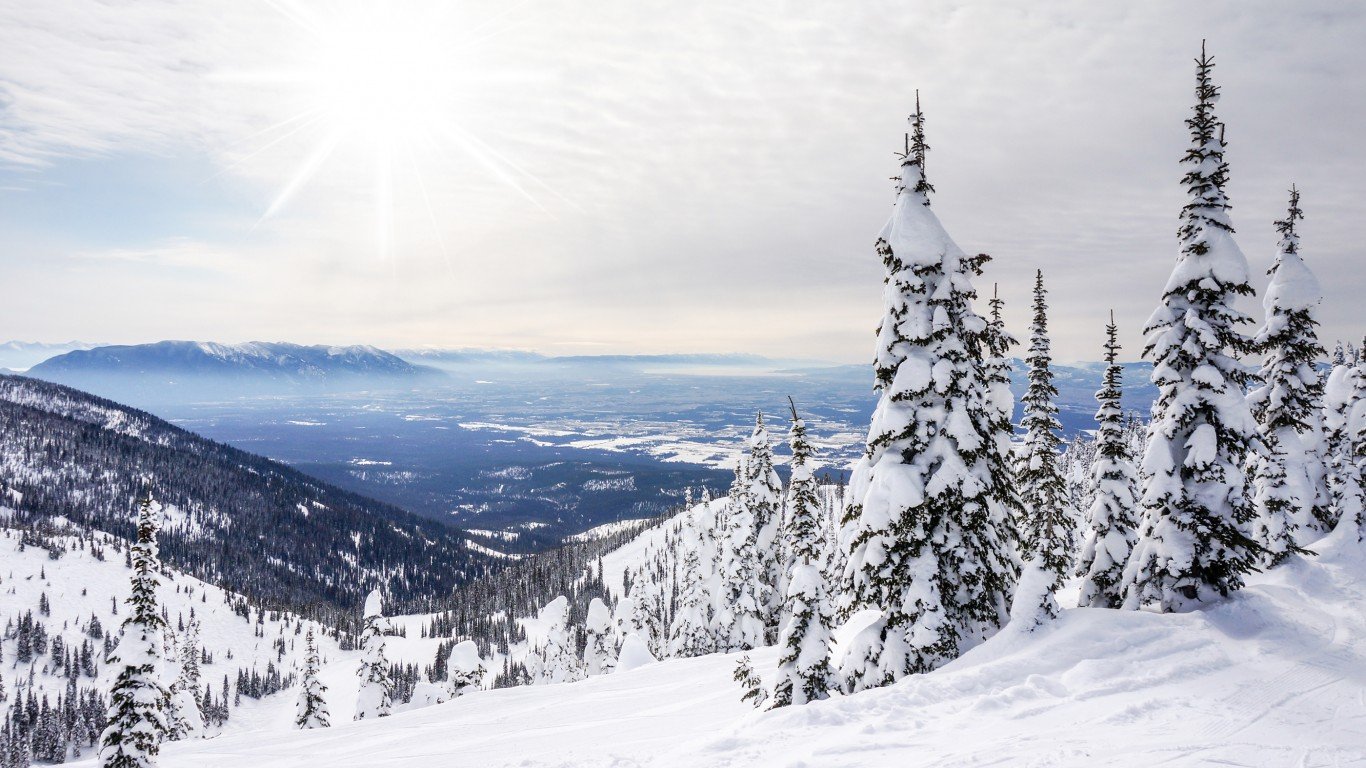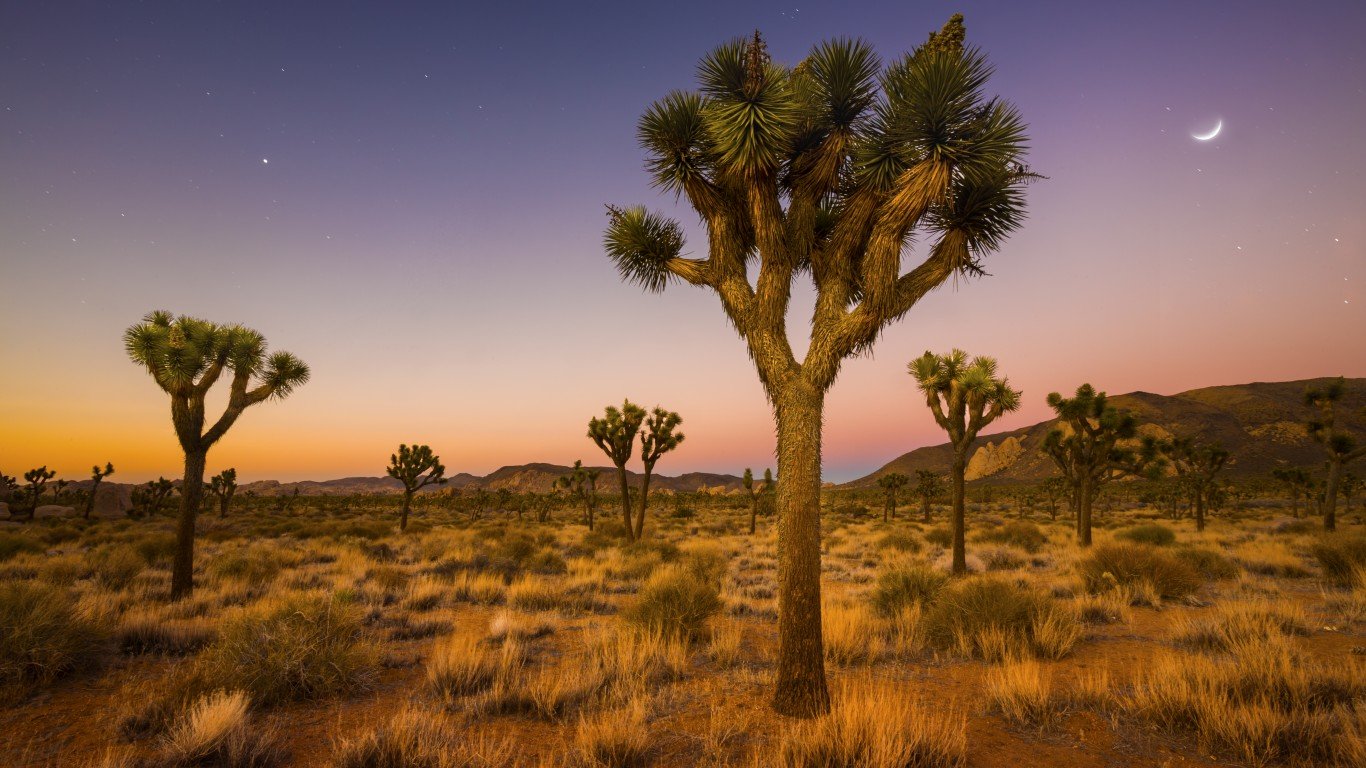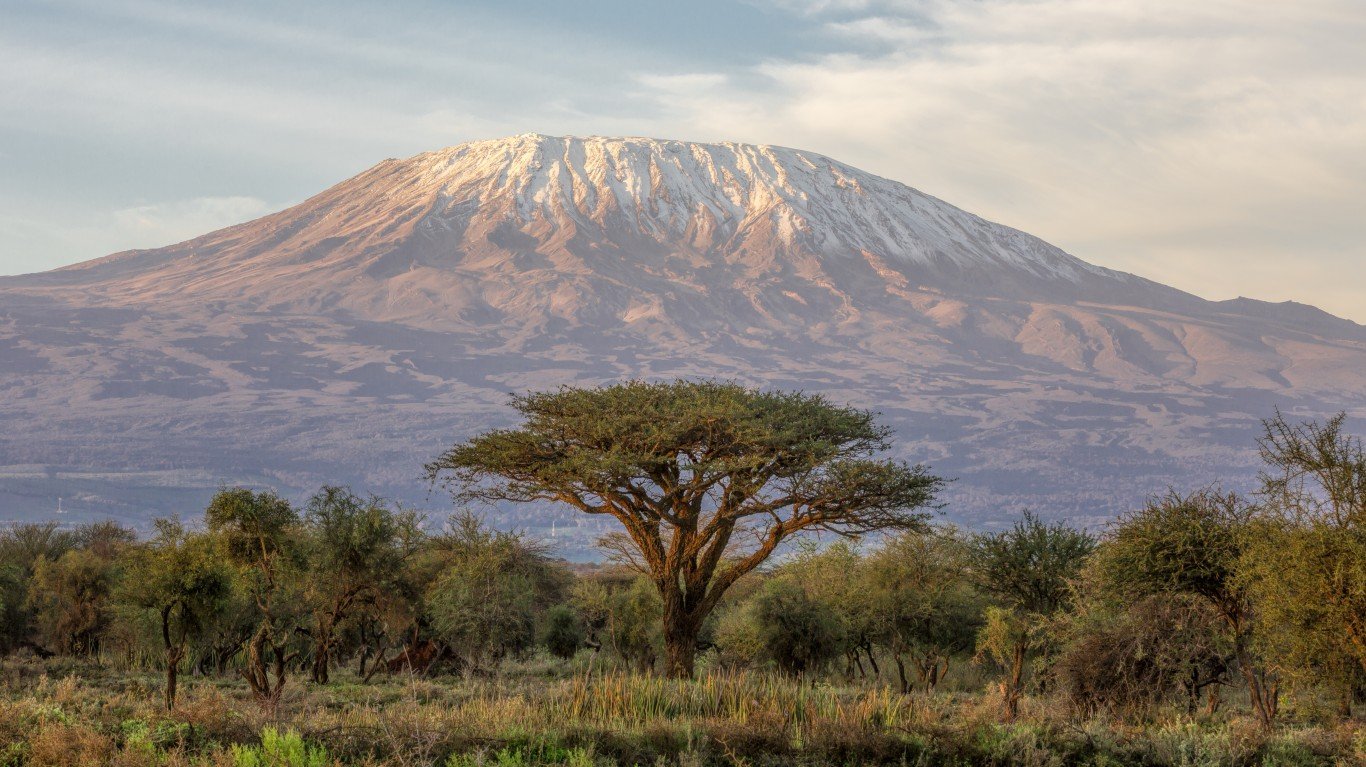
Giant Sequoias
> Location: California, US
Over the millenia, fire has been an important friend to the Giant Sequoias of California’s Sierra Nevada, promoting seed dispersal and clearing underbrush, but climate change is turning California’s wildfires powerfully destructive. Rising temperatures and drought have increased the intensity and frequency of the fires, with tragic results among the historically resilient trees – each with a diameter of 4 feet or more. There have been six such wildfires between 2014 and 2021, destroying 85% of the state’s giant sequoia groves. By contrast, 25% was lost in the preceding century.

Glacier National Park
> Location: Montana, US
The glaciers of Glacier National Park began shrinking at the end of the little ice age in 1850, but the shrinking has greatly accelerated in recent decades. With park temperatures rising at twice the global average, the number of named glaciers (those with over 1 square km) has been reduced from 35 to 26 between 1966 and 2015. Some have lost 80% of their surface area. The loss of ice threatens tourism, wildlife habitat, native plants, and underwater archeology.

Great Barrier Reef
> Location: Australia
Australia’s Great Barrier Reef is perhaps the world’s most famous example of the damage wrought by climate change. Rising ocean temperatures are weakening the hundreds of species of coral that make up the reef, reducing their resiliency and diminishing their ability to reproduce. It is estimated that half of the coral in the miles long reef have been lost in the last 25 years.

Joshua Tree National Park
> Location: California, US
Over the past century the average temperature in Joshua Tree National Park has risen by 3 degrees Fahrenheit, while precipitation has dropped by 39%. The change in climate has meant drier conditions, resulting in fewer Joshua tree seedlings and loss of animal habitat, particularly for birds, whose numbers are diminishing. Adding to the park’s climate problems, the drier environment has facilitated more frequent wildfires, an immense threat to the region. In 2020, Dome Fire in 2020 burned 43,000 acres and over a million Joshua trees in the nearby Mojave National Preserve.
Kilimanjaro
> Location: Tanzania
Though all of Africa contributes less than 4% to the world’s output of greenhouse gasses, it is suffering disproportionately from the early ravages of climate change. With land and ocean temperatures rising faster than in most of the rest of the world, the continent is experiencing punishing droughts, floods, and heat, affecting habitability, food production, and health. It has also given the world one of the most visible and striking warnings about climate change, the melting of the iconic “snows of Kilimanjaro.” Along with its twin to the north, Mt. Kenya, Kilimanjaro is rapidly losing its mountaintop glacier due to rising temperatures and diminished precipitation. The ice is likely to completely disappear in the next 20 years, and that of Mt. Kenya in the next 10.







